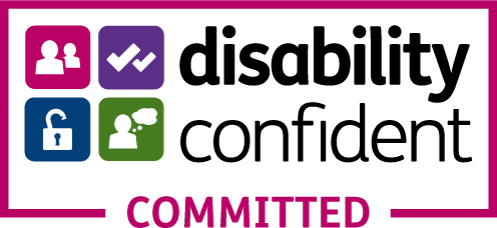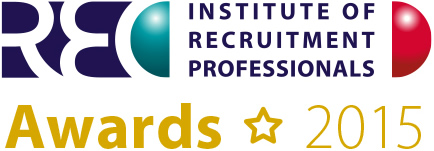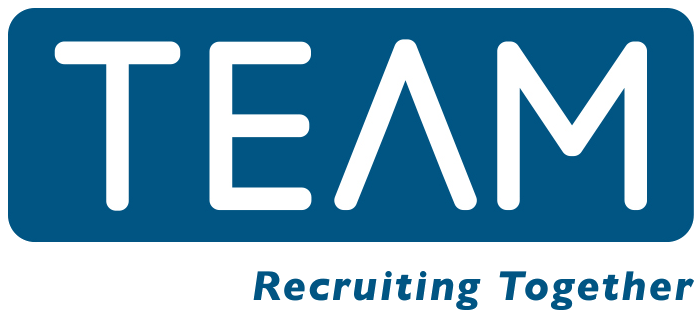How to onboard your remote working employees effectively
COVID-19 has been affecting our lives for so long now that, rather than putting off hiring new team members, our current reality dictates new hires may need to be onboarded into their new role remotely. Most people would agree that this isn’t the ideal solution; currency employers are unable to show people around, introduce them to the team with a friendly lunch, or help them get settled.
Onboarding remote employees isn’t easy, but it’s definitely doable. With social distancing measures likely to remain in place for the foreseeable (and with 75% of companies intending to shift at least part of their workforce to permanent remote work post-pandemic), even if you don’t have a post to hire into, it’s good to be prepped with a remote onboarding strategy.
Here are some suggestions to help you ensure your new hires are properly onboarded, helping them become productive fast and making sure they feel welcome.
Before the big day
Onboarding should start before Day 1. You can prevent your new hire from feeling overwhelmed by sending them a few things in advance of them joining you to ease any anxiety. This can be an e-mail letting them know what their first day is all about, or it can even be a gift from the company to make them even more excited about working for you. In addition, create digital versions of the common employee documents you might share with new hires on their first day, including employee handbooks, policies and/or mission statements.
Giving them information before they get started can keep the onboarding process running smoothly. They’ll know what is expected of them over the first few days and they’ll be able to get stuck into projects much more quickly.
After a fully virtual recruiting process, new hires might feel nervous if you aren’t proactively communicating with them before they join you.
Introduce them to the crew
Company culture is still important if your new hires don’t work at your office: you need to pay extra attention to conveying your culture throughout the remote onboarding process. Don’t wait for the first team meeting to introduce your new starter to their new teammates – let your team know in advance. Ensure you’ve added them to any email chains, mailing lists, or other communication channels so they never miss an important message.
If they are comfortable, ask your new colleague to write a few sentences about themselves to share with the team. By making it obvious that you’ve let everyone know about them, it will make it easier for the new hire to feel comfortable messaging their team members and asking for help. The sooner rapport can be built, the better. Can you arrange a remote happy hour or pub quiz?
After you’ve introduced the new hire to the team as a general ‘hello’, send a separate introduction between them and a single member teammate who will be acting as their buddy while they get settled. Give the new hire free rein to ask as many questions as they’d like. If they know that they’re welcome to ask questions, they’ll feel less awkward about doing so.
If you’re unable to do this yourself, assigned buddies should also give your newbies insights into the company culture, especially things like internal communication. For example, explain what the specific Slack channels are used for and what communication styles are usually used. Should the new hires expect a business tone or are the conversations more casual?
Equip your new starters
If your new hire doesn’t have the appropriate equipment to start their job, it can delay their onboarding and cause a frazzled start to their time with you, so find out what equipment your new hire needs. Do they just need a laptop, or does their role require more specialised gear? Have a checklist ready to ensure that you don’t forget anything.
Also, give them thorough instructions on what tools they will need to download and how they can learn each one. Create their email or other important business accounts and make sure they’re running properly before the new hire needs them.
Set onboarding goals
When you’re all working in an office, it’s easy to check in with a new hire to see how they’re doing, so it’s even more crucial to establish clear onboarding goals and expectations. What should be accomplished by the end of the first week? What about at the end of the first month? Try and make these expectations as defined as possible.
Check-in frequently
When just starting out, especially when working remotely, it’s better to overcommunicate. Scheduling frequent meetings and check-ins can feel a little unnecessary, but it prevents your new hires from feeling disconnected. Just ensure that you find a balance between efficiently checking in with your new hire and avoiding micromanaging. If it seems like they’re doing well and you can do with fewer check-ins, dial them back.
Before each meeting, let your employee know what they should expect. That way they can come prepared with their own questions, requests, and feedback. Give them an opportunity to speak in the meeting as well.
Over to you
With the right attention to detail, you can engage your new remote employees even before they start working for your company. You can build a solid base for successful remote onboarding with strong communication and buy ensuring your new colleague is equipped with all they need.
Make it clear that you’re available if there are ever any questions or concerns the new hire has. Let them know they can turn to you if they’re ever feeling lost.
Our Awards and Accreditations













 03333 235 900
03333 235 900 Login / Register
Login / Register
